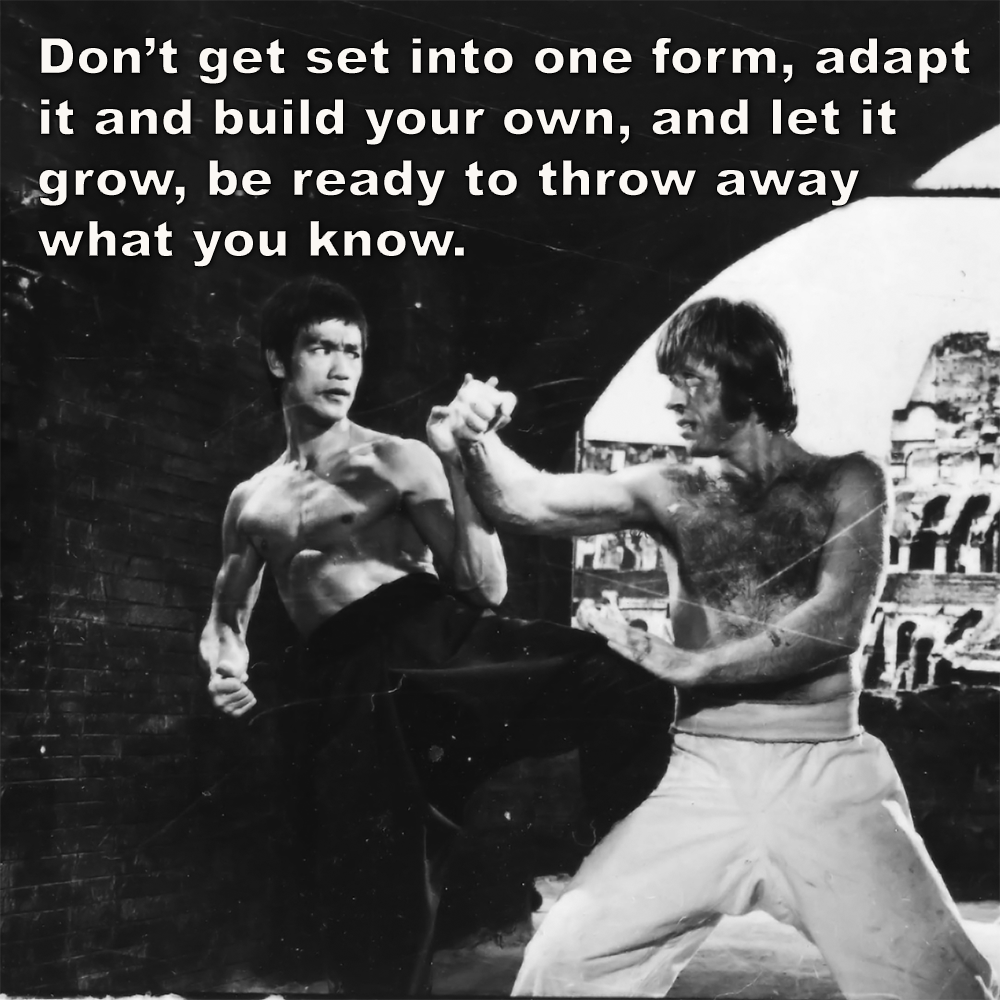
(Approx 2 minute 30 second read)
Recently, I read an article about certain aspects of Buddhism, and one of the key points made was that in the heart of the Buddha’s teachings lies a profound caution:
.
“To seek truth is not to entangle oneself in concepts or to cling to views. Words, descriptions, and ideas – while useful as pointers – are ultimately inadequate to capture the depth of reality. The danger is that insights, once grasped, can easily harden into words, those words solidify into descriptions, and the descriptions freeze into fixed views. When this happens, the very wisdom we seek to cultivate becomes obscured, trapped in the rigidity of our own interpretations.”
.
This resonated with me because it reflects an issue that many martial artists face. Our natural tendency is to organize and label our experiences, to make sense of them through language and instructions. Yet, this process can lead us astray.
.
The words and descriptions we use often fall far short of the true depth of what we experience. In karate, this tendency can manifest when we cling to terminology or fixed interpretations, particularly when trying to uncover the applications within kata.
.
I’ve written before that sometimes, when looking at techniques in kata, it’s essential to look beyond the terminology. Often, once we attach a specific label to a movement, it becomes all we can see. We risk missing the broader lessons that kata is trying to convey.
.
For example, a movement might be labeled a “punch”, and from that point on, we view it only as a punch. But what if that same movement could be a joint lock, a grab, a pull, or a redirection of force? When we cling to one interpretation, we shut ourselves off from the possibilities, and the dynamic, living nature of kata becomes static and rigid.
.
Another example is the way many people approach stances. I recently read a comment that said we must focus on stances because they are the foundation of strength and focus.
.
Unfortunately stances too are often misunderstood. The word “stance” in everyday language suggests a fixed, unchanging position, and this misunderstanding can lead people to think that karate stances are static.
.
But they aren’t. Stances are snapshots, moments in time that serve specific purposes. They show how body weight should shift, how to gain an angle, or how to control an opponent’s position.
.
In training, students are often taught to hold stances for long periods, making them deeper and wider to develop strength and balance. It’s important to recognize that in real application, stances are not meant to be static. They are transitional, flowing from one to another as we move to unbalance an opponent, slip an attack, close a gap, or execute a throw. Balance is always the goal, but it’s balance in motion, not in stillness.
.
Returning to the broader point, this isn’t just about stances. It’s about the way we, as martial artists, risk becoming trapped in fixed views. Whether it’s a stance, a kata movement, or a concept like “blocking”, the danger lies in letting words and descriptions define our understanding. Karate is a fluid art, and clinging to rigid ideas limits understanding.
.
Like the Buddhist teaching I mentioned above, clinging to fixed views obscures truth, just as clinging to rigid interpretations can obscure our understanding of karate.
.
Terminology can serve as a useful tool, but it is not the destination. When we grasp at an insight and attempt to fix it in place with words, just like stances, we risk turning something fluid and living into something static and dead.
.
.
Written by Adam Carter – Shuri Dojo
.
.
Photo Credit: Bruce Lee and Chuck Norris from the Way of the Dragon. Quote attributed to Bruce Lee
.
